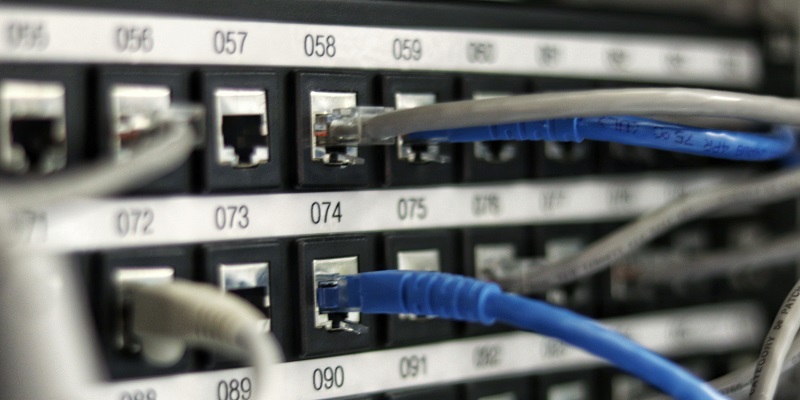Innovation is the lifeblood of progress, driving advancements in various industries. However, for innovation to truly thrive, standardization of new technologies is essential. It provides a foundation for consistent development, interoperability, and widespread adoption. One such technology that experienced both anticipation and challenges due to the lack of standardization is SD-WAN (Software-Defined Wide Area Networking), which emerged in 2012. Let’s delve into the journey of SD-WAN, the market confusion it faced, and the importance of standardization in promoting its growth.
Emergence of SD-WAN Technology
SD-WAN technology promised revolutionary improvements in networking by enabling businesses to leverage software-defined networking principles, enhancing performance, agility, and cost-efficiency. With its potential to replace traditional infrastructure, industry experts hailed it as a game-changer in the networking landscape.
Market confusion and slow adoption
However, the emergence of SD-WAN also brought about market confusion and slower adoption. Unlike established technologies, SD-WAN lacked foundational standards bodies overseeing its development and implementation. This absence gave rise to industry analysts, who stepped in to define broad frameworks for these new technologies. While their efforts were commendable, it did lead to further confusion among service providers and enterprises looking to adopt SD-WAN solutions.
The Rise of SASE-Compliant Solutions
One of the significant consequences of the lack of standardization was the overnight influx of SD-WAN solutions claiming to be SASE (Secure Access Service Edge) compliant. SASE, a new framework that integrates network security and SD-WAN capabilities, gained traction due to its comprehensive approach. Vendors saw the opportunity for participation in a high-growth market and leveraged the broad SASE framework to claim compliance. Unfortunately, this made it challenging for service providers and enterprise IT teams to objectively compare, contrast, and evaluate the technologies being sold to them.
Standardization and product differentiation
It is important to note that standardization and product differentiation are not mutually exclusive. While standardization offers a common foundation, it does not stifle innovation or prevent vendors from distinguishing their products. Standardization ensures that vendors adhere to a common set of requirements, empowering them to innovate within those parameters. This synergy between standardization and differentiation fosters healthy competition, driving the development of more robust and refined solutions.
Defining Standards for SASE and SD-WAN
Recognizing the need for standardized frameworks, the MEF (Metro Ethernet Forum) stepped in to fill the void in the SD-WAN and SASE space. Collaborating with industry stakeholders, MEF defined standards for SASE and SD-WAN services, providing much-needed clarity and direction. These standards enable service providers and enterprises to make informed decisions when evaluating and selecting SD-WAN solutions, ensuring interoperability and seamless integration with their existing systems.
Benefits of Standardization and Certification
The importance of standardization and certification cannot be overstated. By standardizing new technologies like SD-WAN, we can ensure their long-term success and viability. Standardization promotes a level playing field, setting the stage for healthy competition and consistent development. Moreover, certification holds legacy solutions accountable, preventing outdated technologies from being passed off as new or falsely claiming compliance with emerging standards. This instills confidence in the market, fostering trust between solution providers and consumers.
Standardization is pivotal for the advancement and widespread adoption of new technologies. The emergence of SD-WAN and its subsequent market confusion highlights the importance of setting common frameworks to guide development, interoperability, and evaluation. Through the efforts of organizations like MEF, standards for SD-WAN and SASE have been established, providing clarity and support for service providers and enterprises. By embracing standardization while allowing room for product differentiation, we can pave the way for innovative solutions to thrive, ultimately driving progress and success in the ever-evolving technology landscape.

